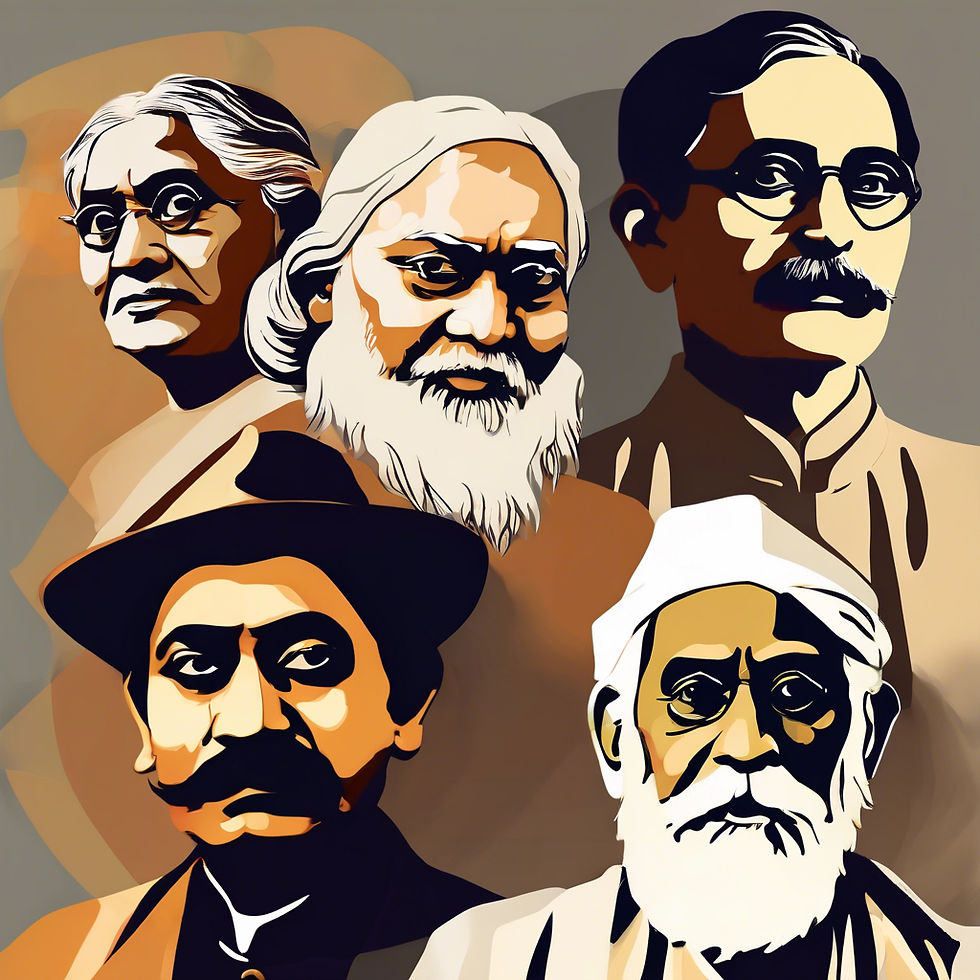How Did Miniature Paintings Begin in India? The Story of the Mughal Era
- CAMI Info
- May 23
- 2 min read
Updated: Jun 25
When we think of miniature paintings, we imagine tiny, detailed worlds full of color, storytelling, and life. But how did this beautiful art form begin in India? The story takes us back to the time of the Mughal Empire.

Miniature paintings in India have roots that go even further back — to early Buddhist manuscripts from the 10th and 11th centuries. However, it was during the Mughal Era (16th to 18th century) that miniature painting truly flourished and became a celebrated form of art.
The Mughal dynasty, founded by Emperor Babur in 1526, brought with it strong influences from Persian culture. Babur’s grandson, Emperor Akbar (reigned 1556–1605), played a key role in nurturing art. He loved stories, battles, adventures — and he wanted them all illustrated. Under his reign, Akbar invited skilled artists from Persia to his royal court. These artists teamed up with Indian painters, blending Persian styles with Indian themes, colors, and techniques. This fusion created the unique style of Mughal Miniature Painting.
These paintings were often created to illustrate books or historical records. They were small in size so they could easily be held or read, but they were grand in detail. Every figure, flower, tree, and palace was painted with the finest brushwork, often using brushes made from a single hair! The painters used natural colors made from minerals, vegetables, and even precious stones.
Over time, Mughal miniature paintings evolved to depict not only royal life and battles but also portraits, hunting scenes, court celebrations, and stories from Indian mythology. Akbar’s successors — Jahangir and Shah Jahan — continued to support artists. Jahangir loved nature, so many paintings from his era focus on animals, birds, and beautiful landscapes. Shah Jahan, the emperor behind the Taj Mahal, commissioned paintings filled with elegance and luxury.
Mughal miniatures didn't just stay within the Mughal courts. They inspired local art forms too. The Rajput kingdoms of Rajasthan, for instance, developed their own versions of miniature paintings, each with its own distinct style and flavor.
Today, Indian miniature paintings are treasured across the world for their charm, intricacy, and storytelling power. They remind us of a time when art was a language of history, nature, and imagination.
At the Children’s Art Museum of India, we believe every child has the power to create art that tells a story — just like the artists of the Mughal era! Explore, learn, and share your creativity with us at www.childrenartmuseumofindia.com
Submit your colorful creation to us and share your artistic journey!
#HistoryOfColors #ArtPigments #CreativeKids #PaintingWithColors #AncientArt #ColorfulCreations #ArtHistory #ChildrensArtMuseumOfIndia




Comments